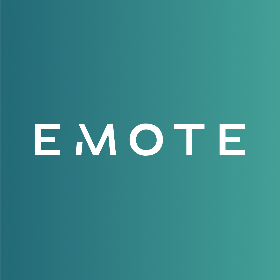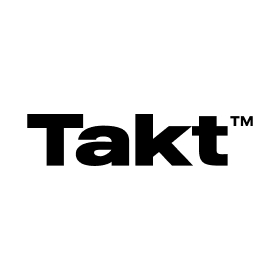
The Ultimate Rebranding Guide for Your Business
As businesses grow and expand over time, branding can become outdated and outmoded. Eventually, most businesses need to update their branding to be more modern, efficient, and relevant.
A brand shows people who your company is, what it stands for, what it does, and how it does it, which is why it is vital to update branding every so often.
Sometimes, it can be tricky to know when to start rebranding, or if your company really needs to rebrand. There are many reasons why your business should rebrand. It may be that your company is trying to attract new audiences, you want to set your business apart from competitors, you need your company to stay current, your company has expanded, or your business has a poor reputation.

If accomplished, all of these reasons can be beneficial for your business and will allow it to eventually thrive. Keep reading to view the steps you should take to implement a successful rebrand.
Phase 1: Conduct Research and a Brand Audit
The first step you should take when rebranding is to conduct research. This can include finding out information about your brand’s audience, such as customer demographics like age, location, sex, and interests. Additionally, you’ll want to research your brand’s competition. Knowing your competitors well and about their branding efforts can be key to developing a unique brand.
Another way to gather important information is by conducting a brand audit. A brand audit examines the current state of your brand to identify how you’d like to change going forward. It can include questions such as what your business currently does, how your brand is currently perceived, and information about current brand strengths and weaknesses.
Phase 2: Formulate the Brand System
After you’ve finished conducting research and a brand audit, you can start to formulate the brand system, also known as the brand blueprint. This includes both the brand heart and brand messaging. Here’s a little bit about brand heart and brand messaging and all that they involve.
Brand Heart
Your company’s brand heart determines how your brand is presenting itself to its audience, as well as everything your brand does. A brand heart includes a purpose, vision, mission, and values. Here’s a definition for each of these.
- Purpose: Your brand purpose states why you exist. Having a brand purpose gives you some key advantages over competitors by building a more emotional relationship between a brand. Here’s an example of Google’s brand purpose: “To organize the world’s information and make it universally accessible and useful.”
- Vision: The vision shares about the future you want to create. One example of an excellent vision statement is Instagram’s: “To capture and share the world’s moments.”
- Mission: The mission establishes what you are hoping to achieve. For example, Asana’s mission statement is “to help humanity thrive by enabling the world’s teams to work together effortlessly.”
- Values: A company’s values guide their behavior—they are the why behind a brand. Values can tell a lot about a company. For example, clothing company Everlane’s values include exceptional quality, ethical factories, and radical transparency.
Brand Messaging
Brand messaging captures the core elements of your business, hopefully appealing to your customers. Successful brand messaging can even help build a loyal customer base. Let’s take a look at the three main parts of brand messaging.
- Tagline: Taglines, otherwise known as slogans, have the ability to stick in people’s minds and capture their attention. Taglines should be simple, short, and memorable. For example, Apple’s tagline is “Think Different.”
- Value Proposition: Value propositions are short statements that describe what your company does for people. There can be more than one value proposition for a brand. Take a look at this example from Uber of a value proposition: “Tap the app, get a ride. Uber is the smartest way to get around. One tap and a car comes directly to you. Your driver knows exactly where to go. And payment is completely cashless.” The value proposition that Uber is convenience.
- Brand pillars: Brand pillars are the core points that make your company unique. They can be values and characteristics that help share your brand with the world. Hilton’s brand pillars include hospitality, integrity, leadership, teamwork, and ownership. The company’s marketing efforts all tie back to these brand pillars.
A company’s brand heart and messaging all contribute to how a business is perceived. Carefully considering each of these things can help your rebranding endeavors go more smoothly, especially since the changes you make will all be founded in the brand system.
Phase 3: Overhaul Your Brand Identity
After overhauling your company’s brand system, your business will be ready to create new content that reflects the changes. This includes a new logo, colors, and typography. Logos should be simple, easy to understand and make an impact. Your brand heart and messaging should be reflected in the logo, as well as the colors and typography you choose.

Hire a graphic designer—or a branding agency with one—to redesign a logo if needed. At the end of the day, you’ll also want to make sure you set brand guidelines so that every piece of content your company creates accurately reflects your brand.
About 97 Switch
97 Switch is an award-winning Chicago digital marketing agency that specializes in marketing, web design, and strategy. Also, check the best branding agencies in the USA if you’re looking for one.



























